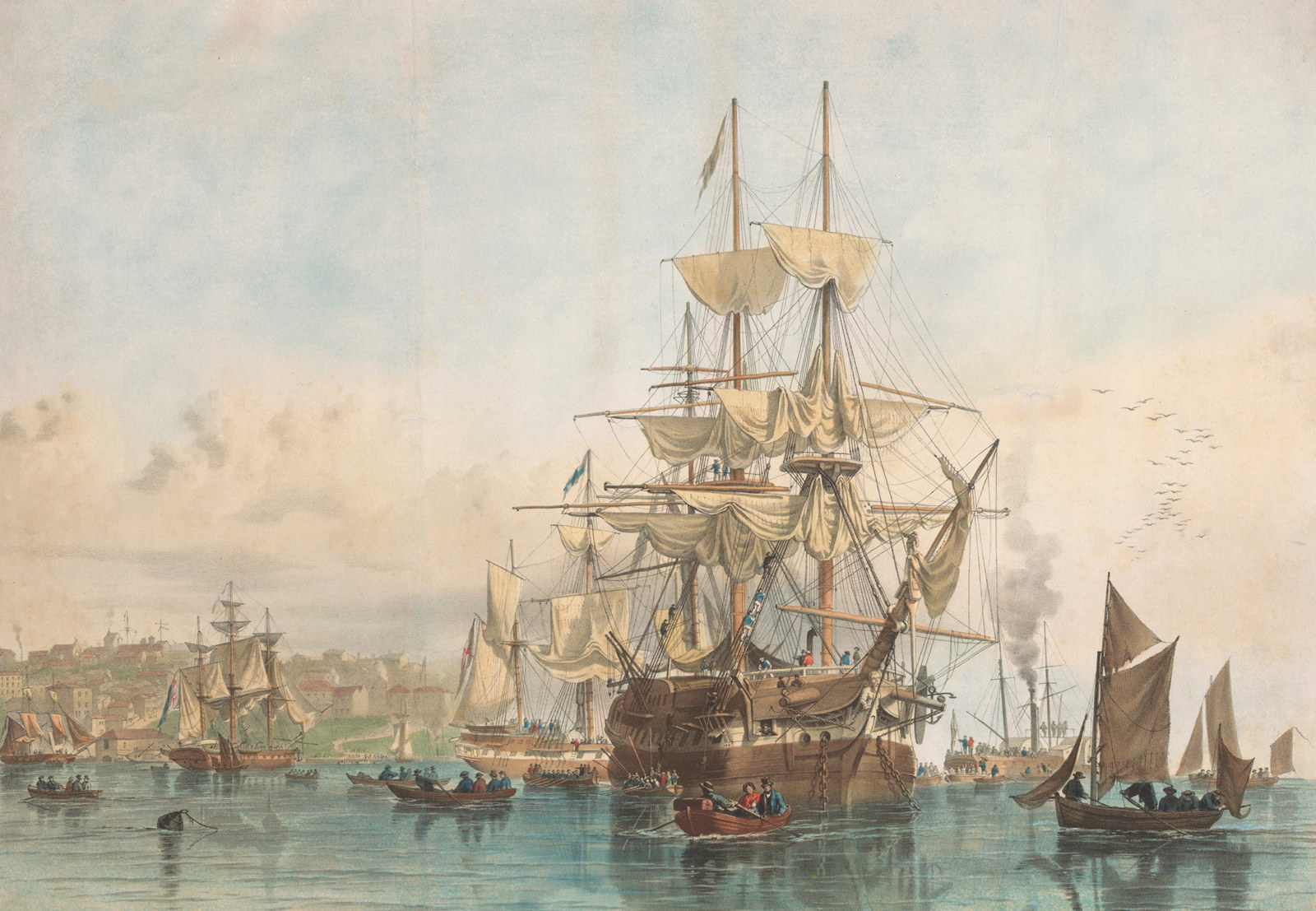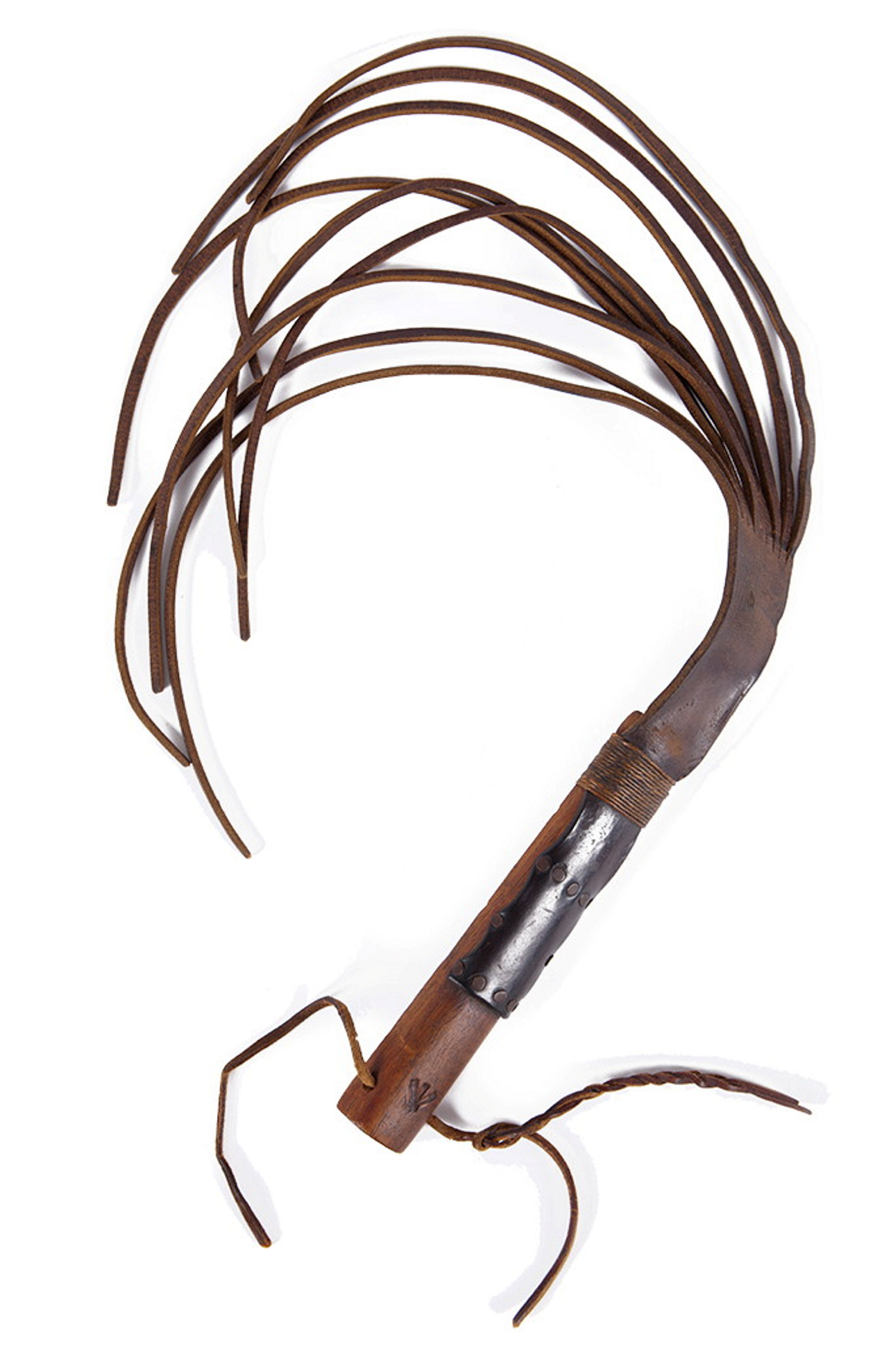Lawrence Kavanagh
Burglar, bolter, bushranger
Arrived 1829 on Ferguson
Arriving at the Hyde Park Barracks in January 1842 at the end of the seven-year reign of tyranny of Deputy Superintendent Timothy Lane, troublesome Irishman Lawrence Kavanagh probably felt the full force of Lane’s brutality. Having already escaped from Norfolk Island, Kavanagh was not a man to be contained, and what he did next sent him on a downward spiral towards bushranging, mutiny and, finally, execution.
In Waterford, Ireland, Kavanagh had worked as a stonemason and quarryman, which is where he may have lost the little finger of his right hand in an accident, a characteristic later used as a way of identifying him. In 1829, at the age of about 25, he was convicted for burglary and transported for life. Kavanagh’s courage and spirit led him into further crimes after arriving in Sydney – bushranging, escape and attempted robbery under arms, which saw him transported again, to Norfolk Island for 14 years in 1831. There, his misdemeanours continued, and he received 180 lashes for his trouble-making. Eventually even the island prison could not keep him, and in early January 1842 he escaped. Finding his way back to Sydney, Kavanagh was identified, recaptured, fitted with leg-irons, and marched off to the Hyde Park Barracks. There he met the infamously brutal Superintendent Timothy Lane, who had him immediately thrown into the watchhouse. Inside, Kavanagh met fellow convict Thomas Brown, a 25-year-old from Bristol.
In the confined quarters, the older, streetwise and courageous Kavanagh may have quietly convinced Brown that it was time they both had their liberty. But first they needed to remove their leg-irons, to free up their legs to run. Kavanagh must have found something sharp in the cell, because he succeeded in cutting his shackles and attempted escape. But on 19 January he was discovered and taken outside the eastern wall of the barracks and flogged with 36 lashes. Still in irons, both men tried again on 27 January, busting out and disappearing into the bush. We can only imagine the scene as they attempted to get over the barracks wall in their leg-irons.
On 5 February the government announced a £20 reward or a conditional pardon for any convict who could capture them. But the bushrangers quickly gave up their location when they bailed up several people at Rose Bay. By 18 February they had been grabbed. Before that, though, Kavanagh had returned in the dark to the barracks, disguised in a white hat and glasses, to prowl outside the walls, trying to shoot Superintendent Lane. We don’t know what Lane said or did to Kavanagh while he was held in the barracks, but Lane was well known as a terrible tyrant, and he apparently fuelled great anger and desperation in Kavanagh.
The prisoner Cavenagh [sic] … said that he had never intended to do acts of personal violence when he took to the bush, which he said he was compelled to do by the tyranny he had experienced whilst in Hyde Park Barracks, the tyranny he had endured at Norfolk Island was nothing to that which he had experienced in Sydney
Hoping that another penal settlement would hold him down, the court sentenced Kavanagh to imprisonment at the supposedly escape-proof Port Arthur, but he escaped from there too. During two years on the run in Van Diemen’s Land, Kavanagh earned his reputation as a notorious bushranger, joining with Martin Cash and George Jones to rob coaches, homesteads and inns. Then, after accidentally shooting himself, Kavanagh had to give himself up or bleed to death. The court tried again to control him, and banished him back to Norfolk Island. But the defiant Kavanagh refused to be held down – he joined a group of convicts in a mutiny on the Island in 1846. And for that, the authorities finally had their way and executed him.
Related

Convict Sydney
The turning tide
During these final years of convicts at the Hyde Park Barracks, the newly designated city of Sydney gained its first outlying suburbs and industrial zones
Published on
Convict Sydney
Browse all
Convict Sydney
Cat-o’-nine-tails
One of the most common forms of convict punishment was flogging (whipping) with a ‘cat-o’-nine-tails’

Convict Sydney
Port Arthur
A notorious penal station made up of more than 30 convict-built structures and substantial ruins located in evocative, largely uncleared bushland on the end of the Tasman Peninsula

Convict Sydney
Cockatoo Island
Cockatoo Island was an infamous island prison established in Sydney Harbour from 1839 to 1869 for reoffending convicts and hardened criminals

Convict Sydney
Charles Cozens
Some convicts left a lasting legacy; like Cozens, whose observations of life as a transportee have illuminated the convict experience for us today
